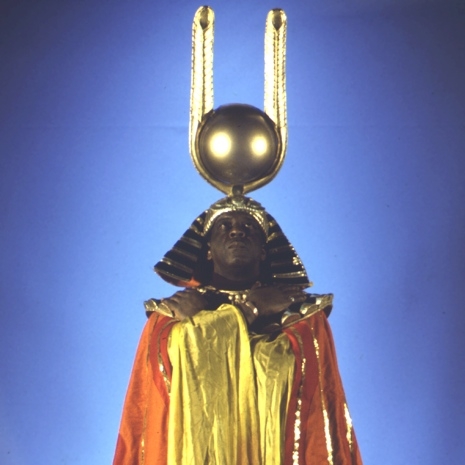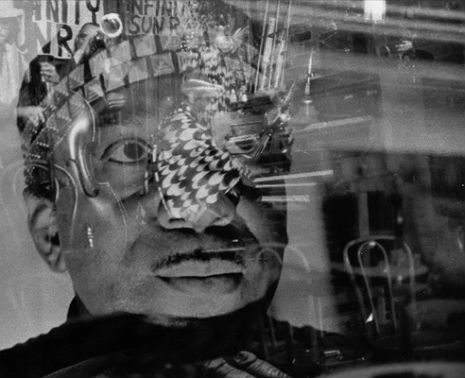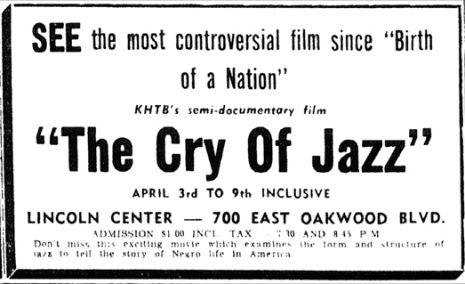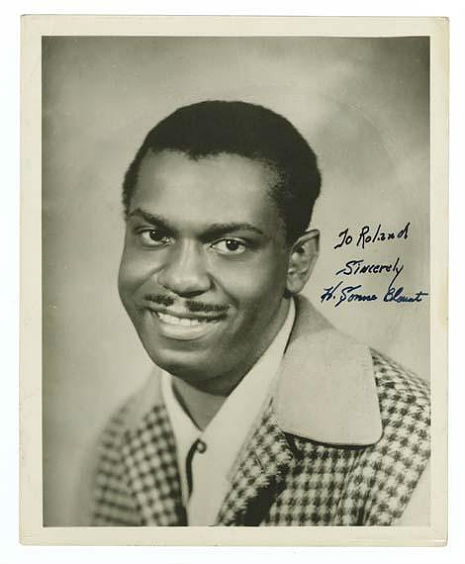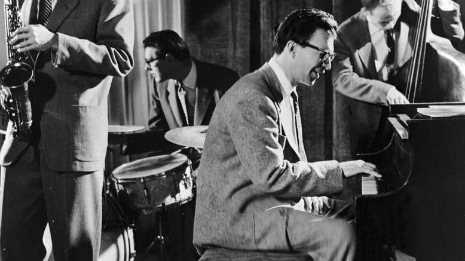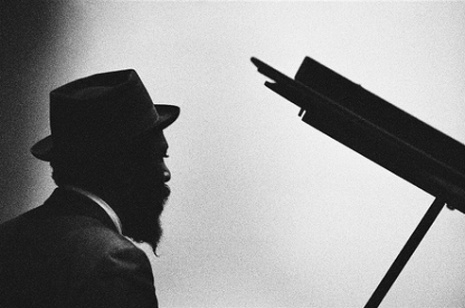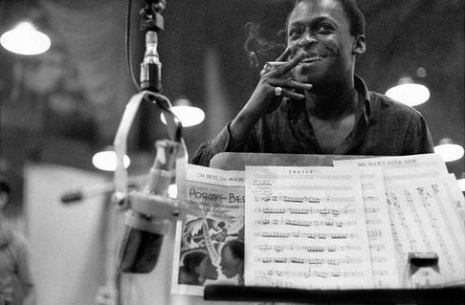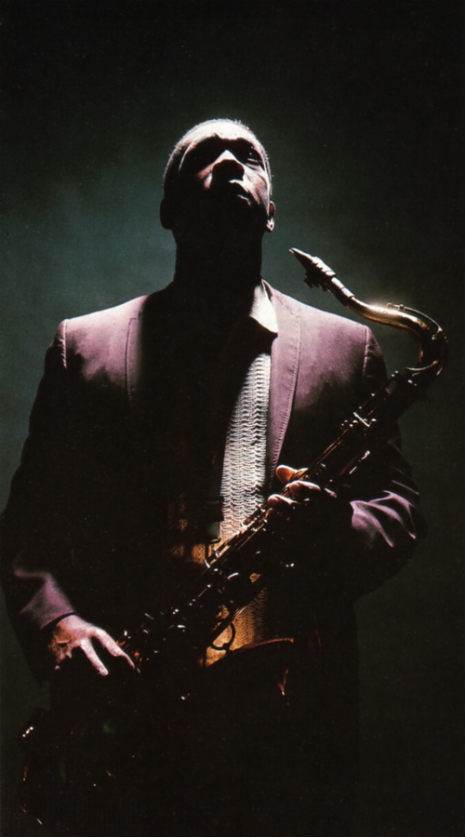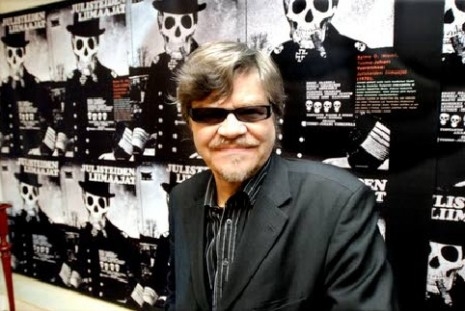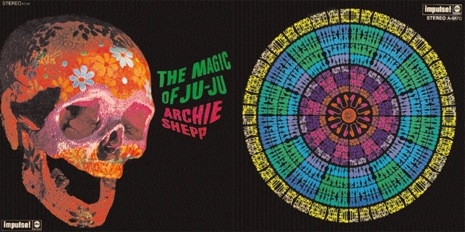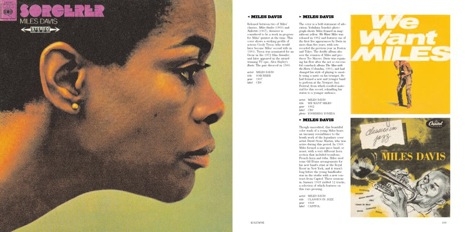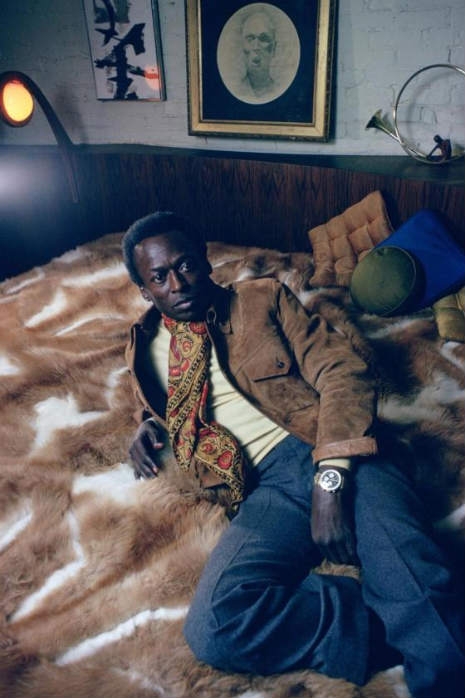
When Billy Eckstine came to St. Louis, with Dizzy Gillespie and Charlie Parker, Miles Davis went to see them play.
Davis was playing trumpet with Eddie Randle’s Rhumboogie Orchestra, and one day, after rehearsal, he went round to the theater to see Gillespie and Parker perform.
Davis arrived with his trumpet slung over his shoulder, dreaming of how one day he might be up there playing along with the likes of his idols Clark Terry, Dizzy Gillespie or Charlie Parker. Just as he reached the theater, Gillespie appeared, noted Davis’ trumpet and rushed over to the young musician.
‘You play?’ Gillespie asked.
Davis told him he did.
‘We lost our trumpeter, and we need one fast. You got a card?’
Davis nodded ‘Yes’.
‘Then you’re in.’
Davis played with Gillespie and Parker for the next 2 weeks, and this was the start of Mile Davis’ incredible career.
In 1970, Miles Davis played to a 600,000 audience at the Isle of Wight Festival. It was the largest pop festival in history. At the time, many questioned why Davis had agreed to perform at it, as man of his success and talent was middle of the bill, sandwiched between Tiny Tim and Ten Years After.
Davis had just released his double album, Bitches Brew, which proved to be a game-changing moment in Modern Jazz. The album divided critics. Some reviled it, claiming Davis had sold out, and was no longer relevant. But the audience loved it. And Bitches Brew became Davis’ biggest success, going gold within weeks.
In August 1970, Davis decided to play Bitches Brew at the Isle of Wight Festival. It was a myth-making appearance, where Davis improvised much of his performance.
That festival, and Davis’ role in it, are revisited here in Murray Lerner’s documentary Miles Electric: A Different Kind of Blue, which inter-cuts Miles’ astounding performance together with members of his band and those who knew the great man.
